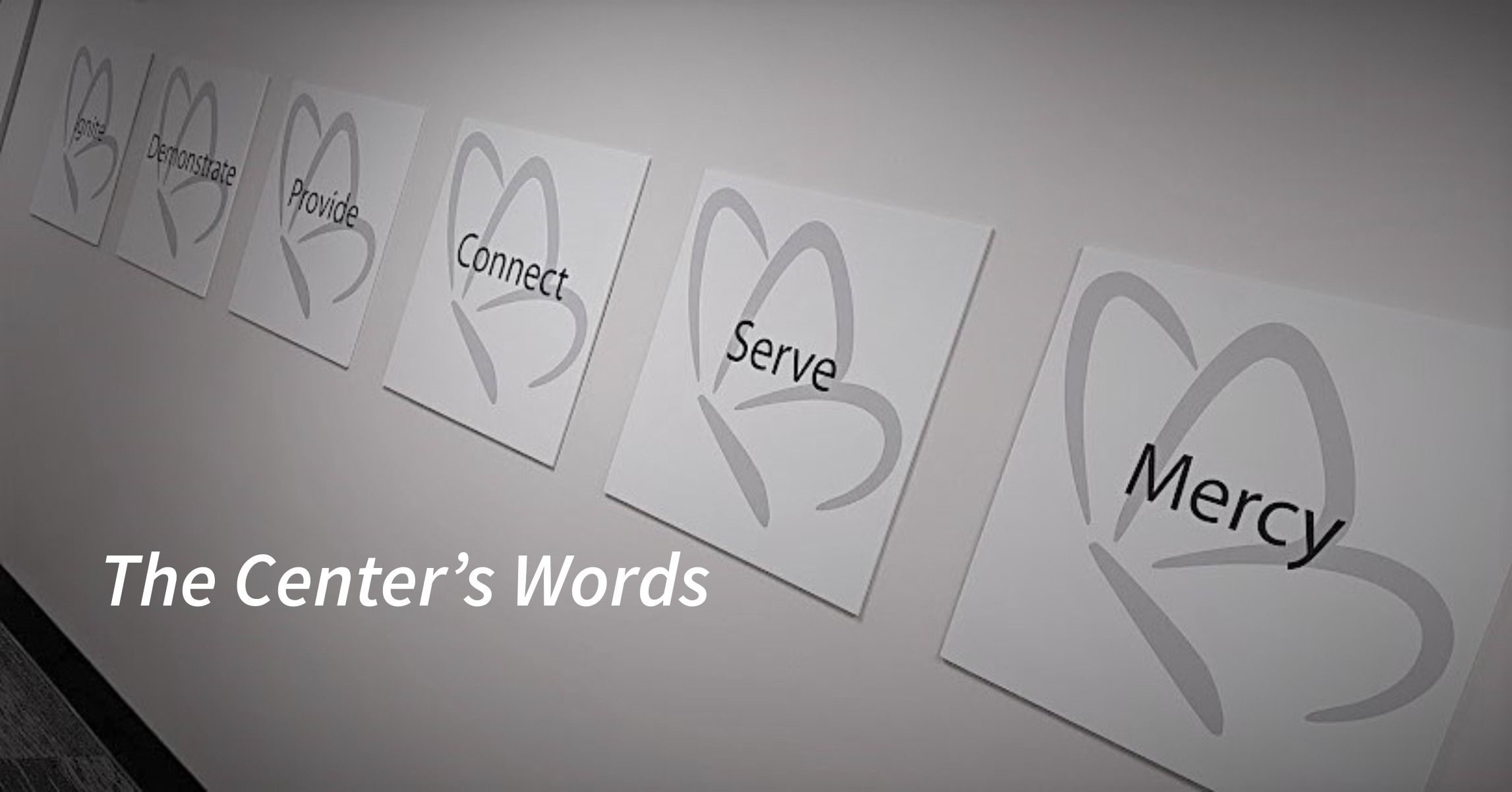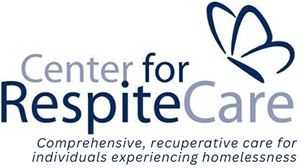
Investing in Stability: Why Business Leaders Should Care About Medical Respite Care
I recently wrote an op-ed that appeared in The Cincinnati Enquirer. The following is my take on the same circumstances, focusing on why the business and corporate world should be concerned with the state of our most challenged citizens.
The Business Case for Compassion
The individuals experiencing homelessness are not invisible in our economy—they are part of it. They clean our office buildings, stock our shelves, pick our produce, and staff our restaurants. They are our workforce. When they are vulnerable, sick, or unsupported, businesses feel the ripple effects through workforce instability, increased public health risks, and rising systemic costs.
The Center for Respite Care addresses this challenge by providing a vital, cost-effective solution: transitional medical care for unhoused individuals recovering from illness, surgery, or injury. The average cost of a hospital bed is between $3,000 to $6,000 per night. In contrast, our model, at $250 per bed night, saves hospitals, insurance providers, and public programs millions annually while promoting better long-term outcomes for patients. This also provides significant savings to Hamilton County residents and taxpayers.
A Model of Cost Efficiency and Community Investment
While budget cuts and reductions in Medicaid funding continue to strain our healthcare system, organizations like the Center serve as force multipliers. Beyond healthcare savings, we offer case management, housing navigation, and community reintegration support, addressing root causes rather than temporary symptoms.
Clients like Charles, who came to the Center after major cardiovascular interventions and chemotherapy, benefit not only from our clinical care but also from dignity, stability, and an actionable path forward. His story is not an anomaly—it is a powerful example of recovery and potential.
Charles wants to give back. He is determined to help others find their footing after discharge. This kind of reinvestment of people into people is the highest return a community can generate.
Thank you to our community, which has supported the Center for 21 years through donations, volunteerism, and involvement.
The Broader Economic Impact
Threats to this model aren’t theoretical. In March, the Freestore Foodbank warned of a potential $2 million loss in federal funding, directly impacting its ability to procure food from Ohio farmers. These are not isolated cuts—they represent a pattern that will strain every institution that contributes to economic and workforce stability.
Business leaders cannot afford to remain passive. The risk of inaction includes increased ER visits, higher rates of communicable disease, and greater strain on our most expensive and overburdened systems.
What You Can Do
The business community is uniquely positioned to make an impact:
- Advocate: Use your influence to support policy that sustains medical and social service providers.
- Engage: Attend public meetings, speak up, and support strategic partnerships with nonprofits.
- Invest: Consider philanthropic contributions as business investments in workforce development and community resilience.
- Volunteer: Mobilize employee engagement programs to support local services under pressure.

